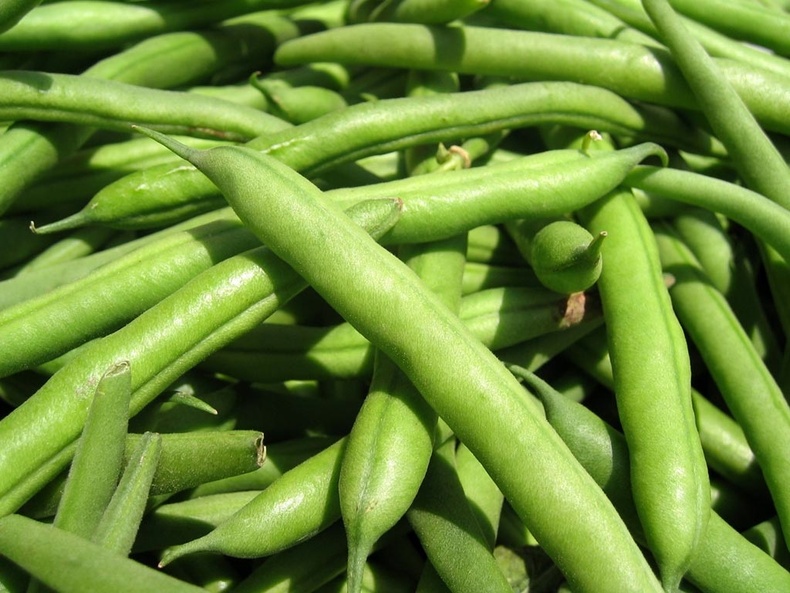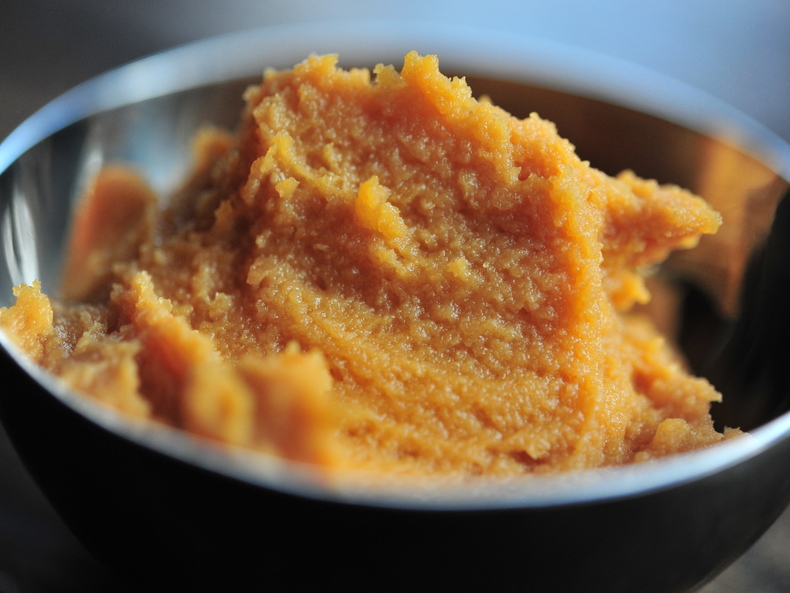My dear friend Jamie asked me to post a few recipes for some "regular old vegetables," the kind she picks up at the grocery store and wants to whip up on a weeknight. There's no shame in throwing carrots, green beans and broccoli in your basket, but try to get them from the farmers market, or at least buy organic. The quality and flavor are just that much better. I'm still exhausted from writing yesterday's post about fats, so I'm not going to drone on too much. Just letting you know that a few of my favorite "common vegetable" recipes follow, including some quickies pulled right from one of Mark Bittman's articles in the Times, where he lists 101 salads, or 101 things to do with chicken. (Don't you adore Mark? Didn't he almost save that On the Road show from being completely mired down in Mario & Gwyneth's repellent self-love?)
Read More...
Twitter @glutton4life
2.26.10 Miso Hungry
Not sure how many of you read New York magazine, but I wanted to point out that we scooped them this week! (Did I say "we"? I guess I mean me, and of course, you, gentle reader.) They featured a round-up of salts that followed on the heels of mine, and I was pleased to note that food critic Adam Platt's favorite is the same: Maldon sea salt. This whole round-up idea seems to be a hit around here, so I will plan to offer more. Next up, sometime in the near future: vinegars.Of late I have been obsessed with the notion of creating a miso-butterscotch pudding. You can imagine just by looking at that photo of miso, above, how these two luscious flavors might go well together, right? I need an afternoon to putter around in the kitchen and develop this recipe; hopefully some time will free up soon. I'm betting most of you don't eat much miso, but I think you'd really like it. It's produced by fermenting soy beans (or rice, barley, buckwheat and even hemp) with salt and a fungus (koji), and the resulting flavor is variously described as salty, sweet, earthy, fruity and savory. (Hello, umami?) There are different types of miso—red, white, yellow, mixed—and they are all subtly different. Generally, yellow miso is slightly sweete; red miso is stronger and saltier; and white, commonly used for miso soup, is the most delicate. Apparently some of the nutrition in miso—including zinc, phosphorus, manganese, protein and copper—is destroyed through cooking, so it's often stirred into dishes late in the game. I'm sure you've had miso soup, right? A dashi broth with the paste stirred in at the end. Recently on Food52, someone submitted a recipe for oatmeal with miso stirred in after cooking. There are quite a few ways to incorporate this versatile seasoning—spread it on a sandwich, mix it into salad dressing, into rice, even into mashed potatoes. I recently posted a recipe for short ribs with miso. It's actually quite versatile, and can lend its earthy, salty goodness to many foods beyond Asian cuisine. Stay tuned for the miso-butterscotch pudding, but meanwhile here are a couple of easy ways for you to try it.








